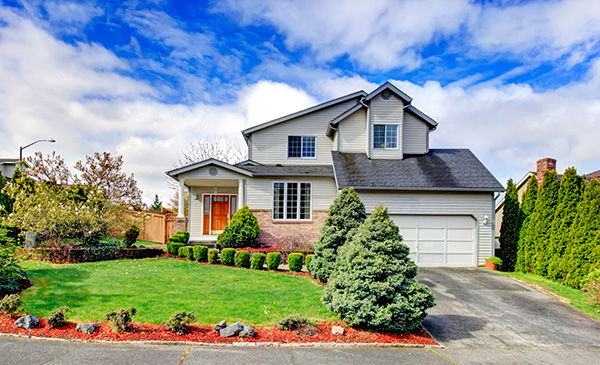Tips For Home Buying In The Digital Age

The digital age has changed the way buyers browse for and purchase goods and services, including real estate. While home buyers still can check out property listings via a print newspaper or by driving through desired neighborhoods in hopes of finding a “for sale” sign, digital sources offer more options and can make the home buying process easier.
The National Association of REALTORS® (NAR) states in their 2017 Report: Real Estate in a Digital Age, that 44-percent of home buyers look online when beginning their search.
Social Media As Sources For Home Buyers
According to the Pew Research Center, 68-percent or two-thirds of U.S. adults use Facebook. In addition to that popular social media site, American adults regularly use Twitter, Instagram, Pinterest, and YouTube on a daily basis for entertainment, social engagement, shopping, and news. These sites also can be excellent sources for home buyers.
Home buyers now have instant, easy access to a wide variety of property listings beyond those featured on an individual real estate agency’s website. Many real estate agents post listings on social media with interior/exterior photos and some with virtual tours. Sites like YouTube offer valuable resources particular for first-time home buyers, from tips to how-to’s.
Real Estate Apps
More than 90-percent of all real estate firms have a website. Visiting these sites are a great starting point and ideal way to connect with an agent that knows the local market. However, home buyers may also consider real estate apps to enhance the process. Even if not tech savvy, these apps are easy to use.
The most used real estate apps are available for both Android and iOS. Digital Trends offers a breakdown of several of the most popular. Ask a real estate agent if they have one that’s specific to their firm.
These apps can help:
- Customize a search by location, property type, features, and price
- Reveal the worth or rental value of a property
- Show floor plans and exterior/interior photos
- Provide details about neighborhoods
- Offer lending institution information
- Directly connect buyers with a real estate agent
Stay Connected With A Real Estate Professional
Cell phones appear to be everywhere today and research shows that 77-percent of Americans own a smartphone. With that smartphone it’s easier than ever to stay connected with a real estate agent and mortgage professional when buying a home.
An agent can text or email potential listings to the phone, schedule open house meetings, and send updates regarding the offer just made on the perfect home. A mortgage lender can take a loan application and deliver status updates directly through a secure smartphone app.
Home buyers that can embrace the digital age have the opportunity to take advantage of the multiple platforms and tools available for making a real estate purchase.

 Reality TV shows have inspired people to flip houses for profit. They make it look fun, easy and the type of business anyone with some capital can get into.
Reality TV shows have inspired people to flip houses for profit. They make it look fun, easy and the type of business anyone with some capital can get into. Spring is many people’s favorite season of the year. Obviously, there are many valid reasons why this is so. One of the best things about spring is that it is an ideal time to sell your home.
Spring is many people’s favorite season of the year. Obviously, there are many valid reasons why this is so. One of the best things about spring is that it is an ideal time to sell your home.